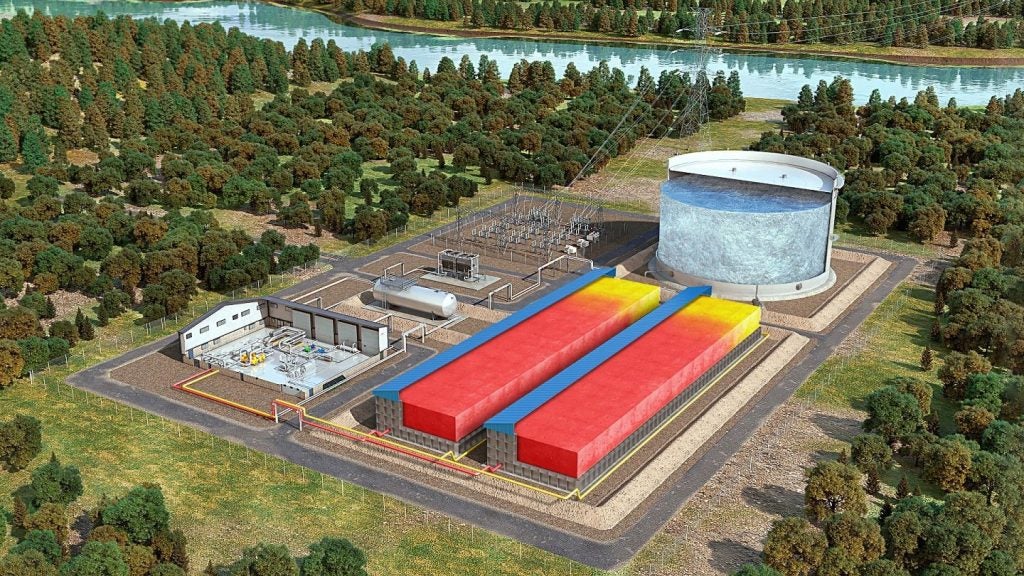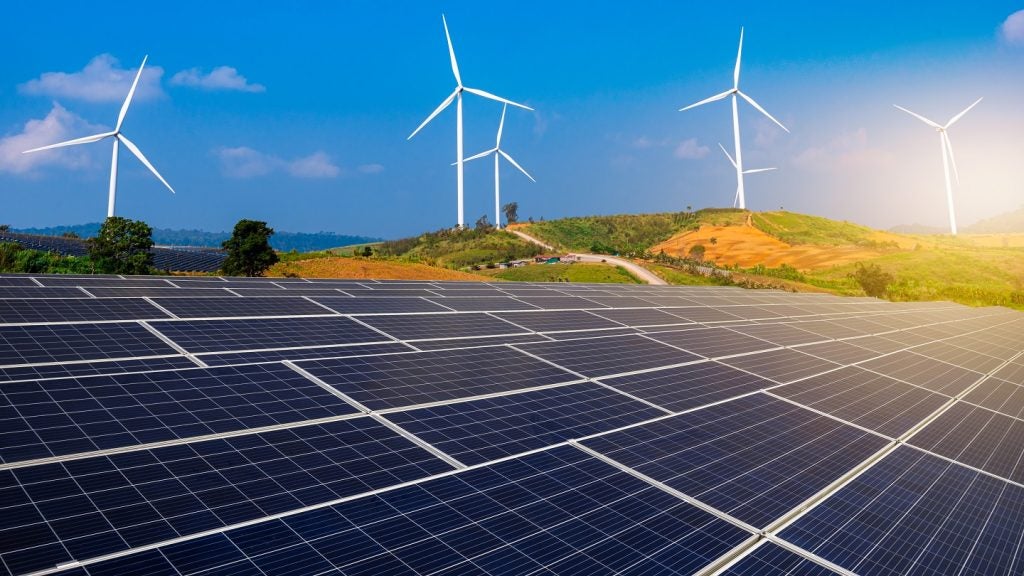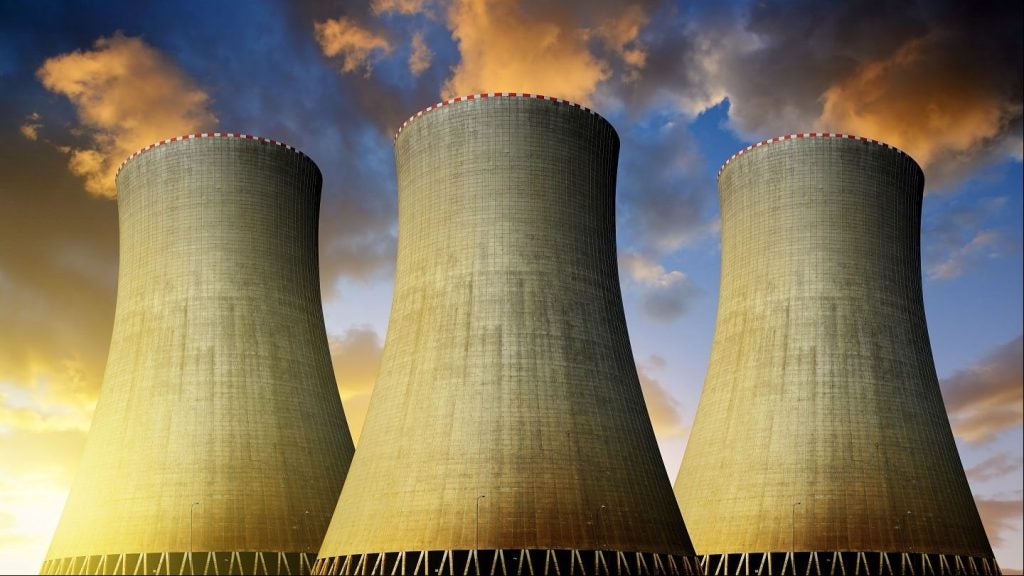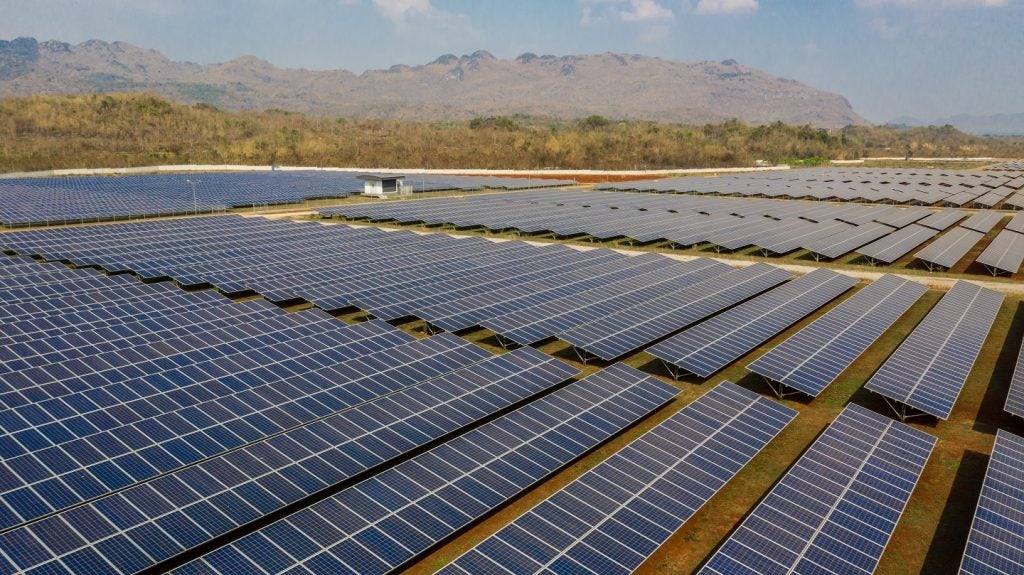Westinghouse Electric, a US nuclear power company, has secured a $50m grant from the US Department of Energy (DoE) for its 1.2 gigawatt-hour long-duration energy storage system in Healy, Alaska.
The project is being developed by Westinghouse for the Golden Valley Electric Association, a cooperative electric utility in the state.
The energy storage will support a planned wind farm and will be one of the largest single installations of a long-duration energy storage project in the US.
The project will use a pumped thermal energy storage (PTES) system to demonstrate firm renewable power at a grid scale while offering grid resiliency. It also provides an opportunity to test the viability of high-temperature, long-duration storage in cold climates.
The PTES system includes a heat pump that draws electricity and converts it into heat stored in inexpensive concrete blocks. The stored energy is converted back into electricity using a heat engine. The system also uses a low-cost, ice-based, low-temperature reservoir.
Westinghouse president and CEO Patrick Fragman said: “Westinghouse is dedicated to powering the future with clean energy solutions. Our long-duration energy storage system enables higher penetration of renewables on the grid to achieve decarbonisation goals without sacrificing overall stability.
“We thank the DoE’s Office of Clean Energy Demonstrations for this opportunity to showcase a ground breaking technology.”
The storage system can solve challenges faced by other long-duration energy storage applications, including lithium-ion batteries, as it can provide more than ten hours of energy storage with a low levelised cost of storage.
The DoE grant will help to demonstrate whether the storage system at large utility scale can reliably provide up to ten hours of energy storage. It is expected to be deployed in phases, with the first phase demonstrating the viability of the technology.















